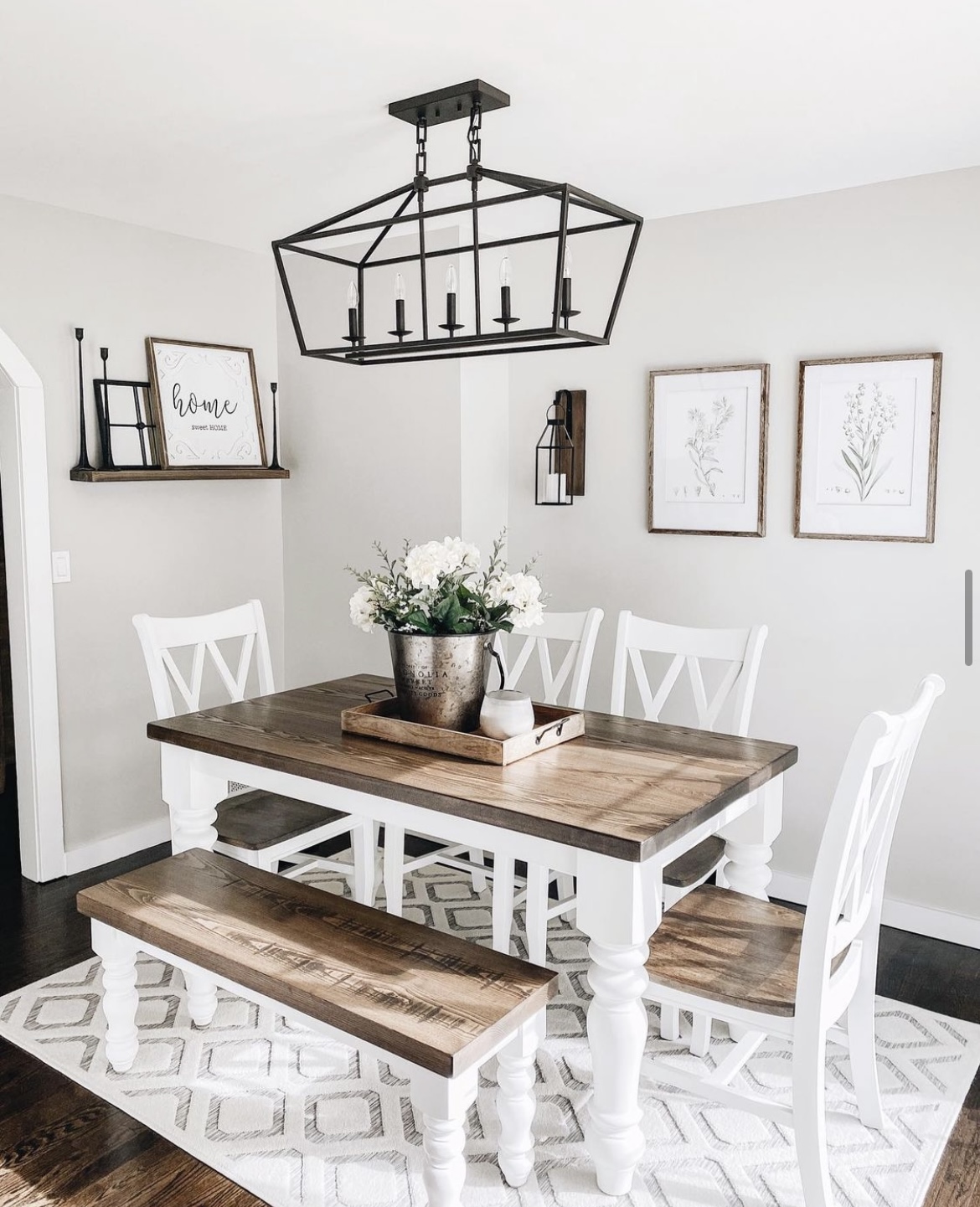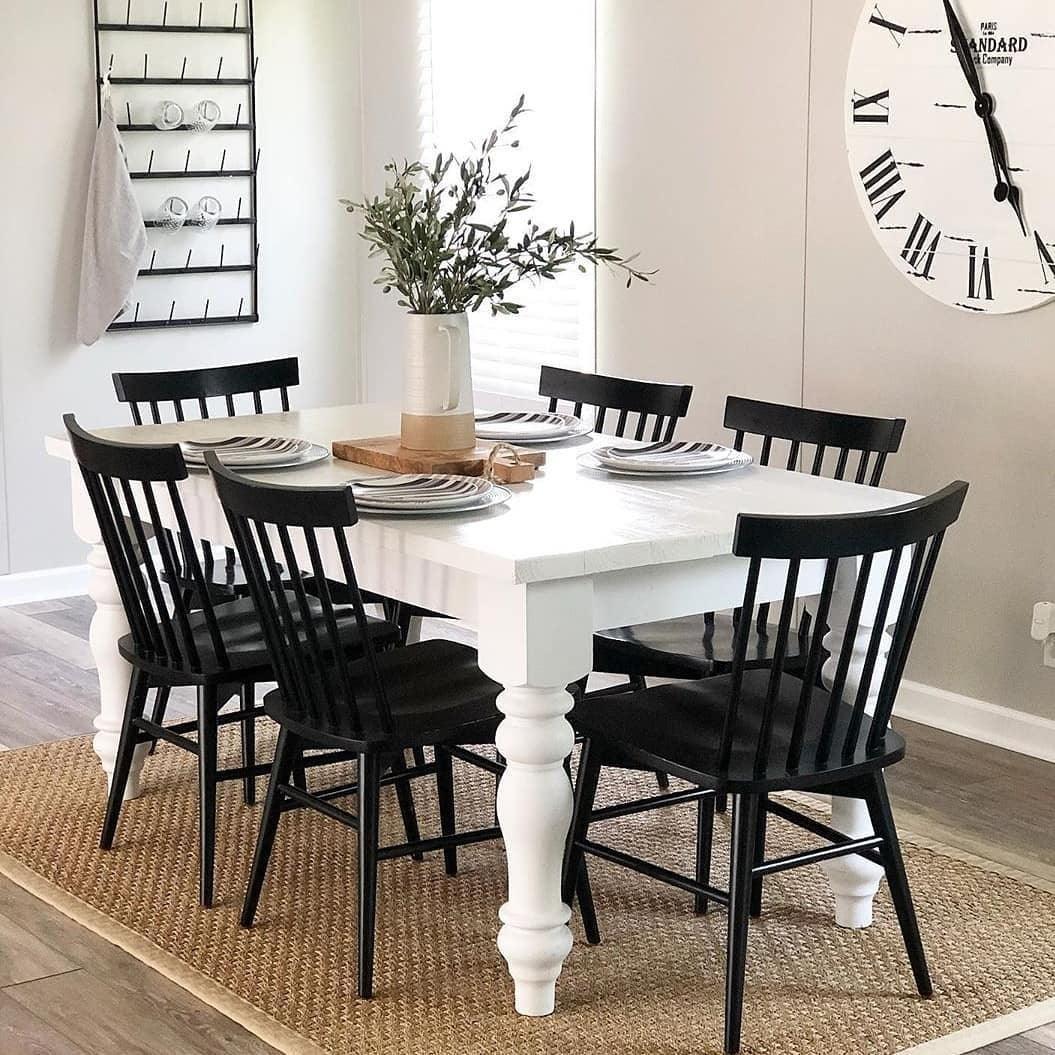Simple Steps to Replacing Old Dining Room Table Legs with New Ones
Simple Steps to Replacing Old Dining Room Table Legs with New Ones
Blog Article
From Typical to Modern: Discover the Ideal Dining Space Table Legs for Your Style
While timeless designs such as cabriole and transformed legs evoke a sense of ageless refinement, modern designs like hairpin and geometric choices offer an opportunity for striking aesthetic passion. As you consider these elements, the question continues to be: just how can you seamlessly incorporate these diverse leg styles to create a harmonious dining experience?
Recognizing Table Leg Styles
The selection of dining-room table leg designs can dramatically affect both the aesthetics and capability of the room. Each leg design adds special visual elements and practical features, satisfying varied design preferences and use demands. Understanding these styles is essential for choosing the appropriate table that straightens with your overall interior decoration vision.
For example, tapered legs supply a clean, timeless look that can improve a space's elegance, while pedestal bases supply stability and take full advantage of legroom, making them suitable for smaller sized areas. Hairpin legs, a trademark of mid-century modern-day style, introduce an industrial panache, enabling an airy, open feeling. Likewise, trestle legs evoke rustic beauty, offering durable support and a feeling of eternity.
Furthermore, the selection of materials plays a considerable role. Wood legs can bring heat and structure, whereas steel choices often communicate a sleek, modern ambiance. Ultimately, recognizing table leg styles is essential for creating a natural eating location that shows personal style while making certain functionality and comfort. By thoughtfully thinking about these elements, you can enhance both the visual and useful allure of your eating room.
Traditional Table Leg Options
When choosing dining space table legs, standard alternatives often symbolize ageless style and craftsmanship. These layouts show an abundant heritage and a commitment to top quality, making them ideal for those who appreciate traditional aesthetics.
One of the most famous traditional leg styles is the cabriole leg, identified by its stylish curved form. This style frequently includes decorative carvings and is most frequently located in Queen Anne and Chippendale furnishings. One more popular alternative is the turned leg, which boasts a collection of smooth, rounded shapes that provide a timeless appearance while maintaining stability.
Moreover, the straight leg, while simple, supplies a sturdy and unadorned structure that can blend seamlessly with a range of tabletop styles. For those attracted to ornate outlining, claw-and-ball feet legs stimulate a feeling of splendour and can work as a magnificent centerpiece in any kind of eating room.
Finally, pedestal bases, although not strictly legs, give an alternate standard option that allows for sufficient legroom and can be magnificently sculpted. Each of these conventional leg designs adds to the overall setting of a dining-room, marrying feature with visual allure.

Modern Table Leg Styles
Modern table leg layouts use a varied variety of designs that emphasize tidy lines and ingenious materials. These designs often focus on performance while functioning as striking centerpieces within an eating space. Minimal aesthetics prevail, with legs crafted from materials such as metal, glass, and crafted wood, which contribute to a contemporary and airy feeling.
One prominent design is the barrette leg, identified by its slender, conical structure that gives stability without overwhelming the table top (dining room table legs). This style is often discovered in mid-century modern-day furniture and can easily complement different eating table forms. One more pattern is making use of geometric forms, where go to my blog legs may take on angular or unbalanced types, including visual passion and a touch of this link artistry

Mixing Designs for Unique Spaces
Commonly, property owners look for to produce distinct dining spaces that show their individual style by mixing different style elements. This strategy permits the consolidation of varied aesthetics, leading to an unified yet unique environment. Combining a rustic wood table with sleek, modern steel legs can produce a captivating comparison that boosts the room's total allure.
Furthermore, integrating vintage table legs with modern tabletops can stimulate a sense of background while maintaining a contemporary perceptiveness. Such mixes not just showcase individual taste yet also urge imagination, permitting property owners to curate a room that feels both personal and welcoming.
Color plays a crucial function in this mixing process; choosing table legs that match or contrast with the existing color pattern can enhance visual interest. Whitewashed legs can soften the daring of a dark table surface area, developing a balanced visual.
Tips for Choosing the Right Legs
Choosing the right table legs is crucial for attaining both functionality and visual charm in your dining space. Begin by taking into consideration the general design of your area. Standard setups benefit from legs that feature detailed carvings or transformed designs, while modern rooms might ask for sleek, minimalist designs.
Following, analyze the height and stability of the legs. dining room table legs. Typical table vary between 28 to 30 inches in height, so make sure the legs match this dimension for convenience. In addition, robust products, such as hardwood or steel, can enhance stability and longevity
Assess the leg form as well-- choices include directly, tapered, or stand styles. Straight legs offer a traditional look, while tapered legs can add a touch of beauty. Pedestal bases give adequate legroom and are ideal for smaller spaces.
Conclusion
In summary, selecting the perfect dining-room table legs calls for mindful factor to consider of both standard and contemporary styles. Typical choices such as cabriole and turned legs provide ageless style, while modern designs like barrette and geometric shapes give a contemporary touch. By harmonizing leg read review style, elevation, and product with the general decoration, a natural and inviting atmosphere can be attained. Eventually, the chosen table legs need to reflect the preferred aesthetic, enhancing the eating experience within the area.
The variety of eating space table leg styles can dramatically affect both the looks and capability of the area. Ultimately, comprehending table leg styles is vital for developing a natural eating location that shows individual style while making certain practicality and convenience.One of the most legendary conventional leg designs is the cabriole leg, identified by its graceful rounded form. Straight legs offer a traditional look, while tapered legs can add a touch of elegance.In summary, picking the ideal dining space table legs requires cautious factor to consider of both modern-day and traditional styles.
Report this page